XR Design Fellowship - Road to vision Pro
Misc.
Available here : https://bezel.it/huvbiv
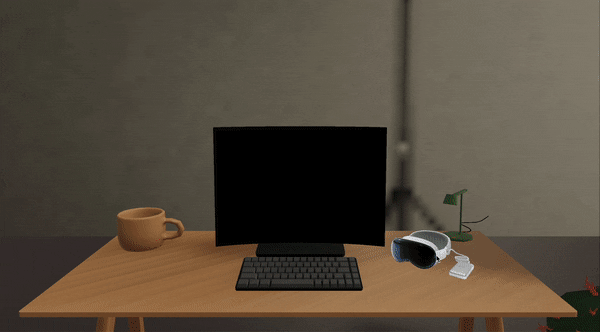
Objective: The goal was to create a draft of a VisionOS prototype, applying spatial design principles, design process, and tools. I specifically wanted to explore the panels / volumes / shared space approach of Apple's VisionOS.
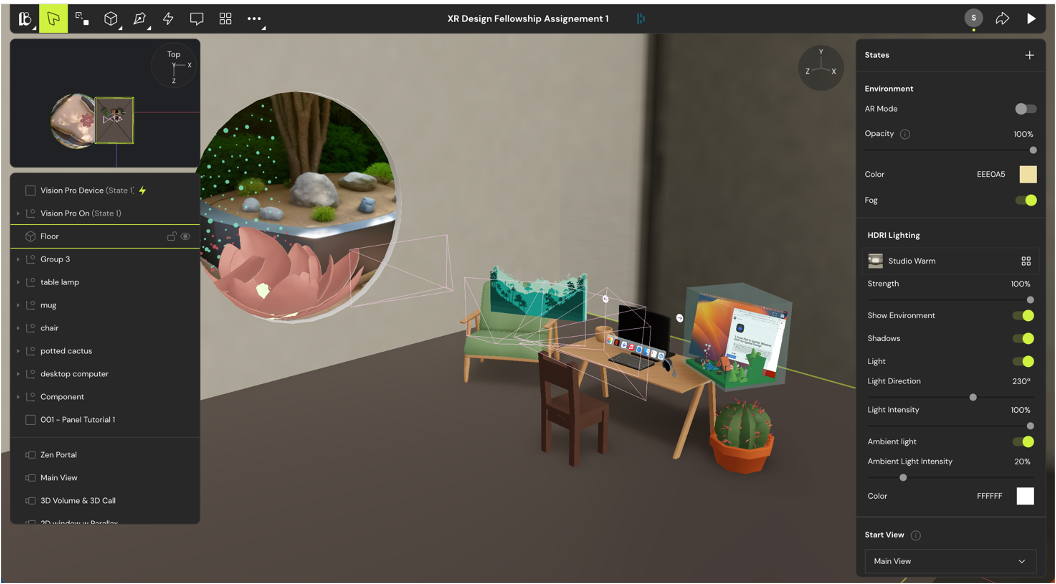
Design Process :
One idea bringing me to the next one ...
Tools:
Bezel : Overall design and interactivity
Figma : Screens and Icons (Free Mac 26 iOS Custom icon pack made in Figma V18)
Ready player me : Avatar
Poly pizza : 3D models not included in Bezel
Blockadelabs : Zen portal skybox
Key Features:
- Contextual Design: The prototype was designed with a clear understanding of the physical space it would be used in. Each area was dedicated to individual products, providing a clear and intuitive user experience.
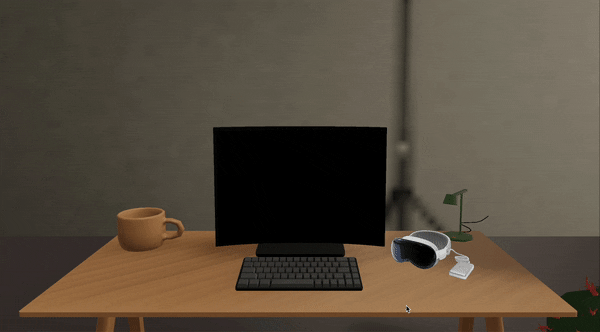
- Interactive Elements on 3D dock bar: The prototype included interactive elements such as bookmarks and visual signifiers to guide user interaction.

- Switchable Screens in front panel: The design allowed users to switch between different screens, providing a dynamic user experience.
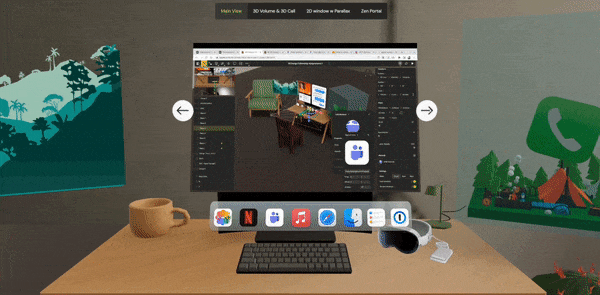
- 3D Avatar call in volume : A 3D avatar was incorporated into the design, providing a unique and engaging user interface.
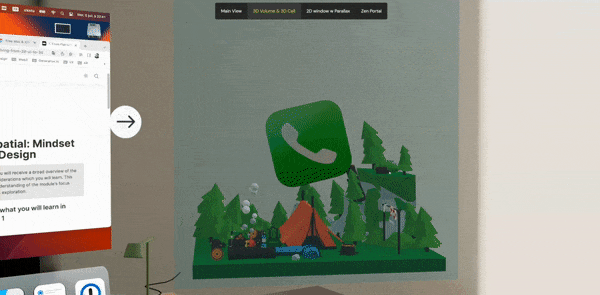
- Parallax 3D Flat Elements: The design included parallax 3D flat elements, creating a visually interesting and immersive experience, allowing to easily understand how to 3Dfy (turn into 3D) existing 2D experiences by adding depth between layers
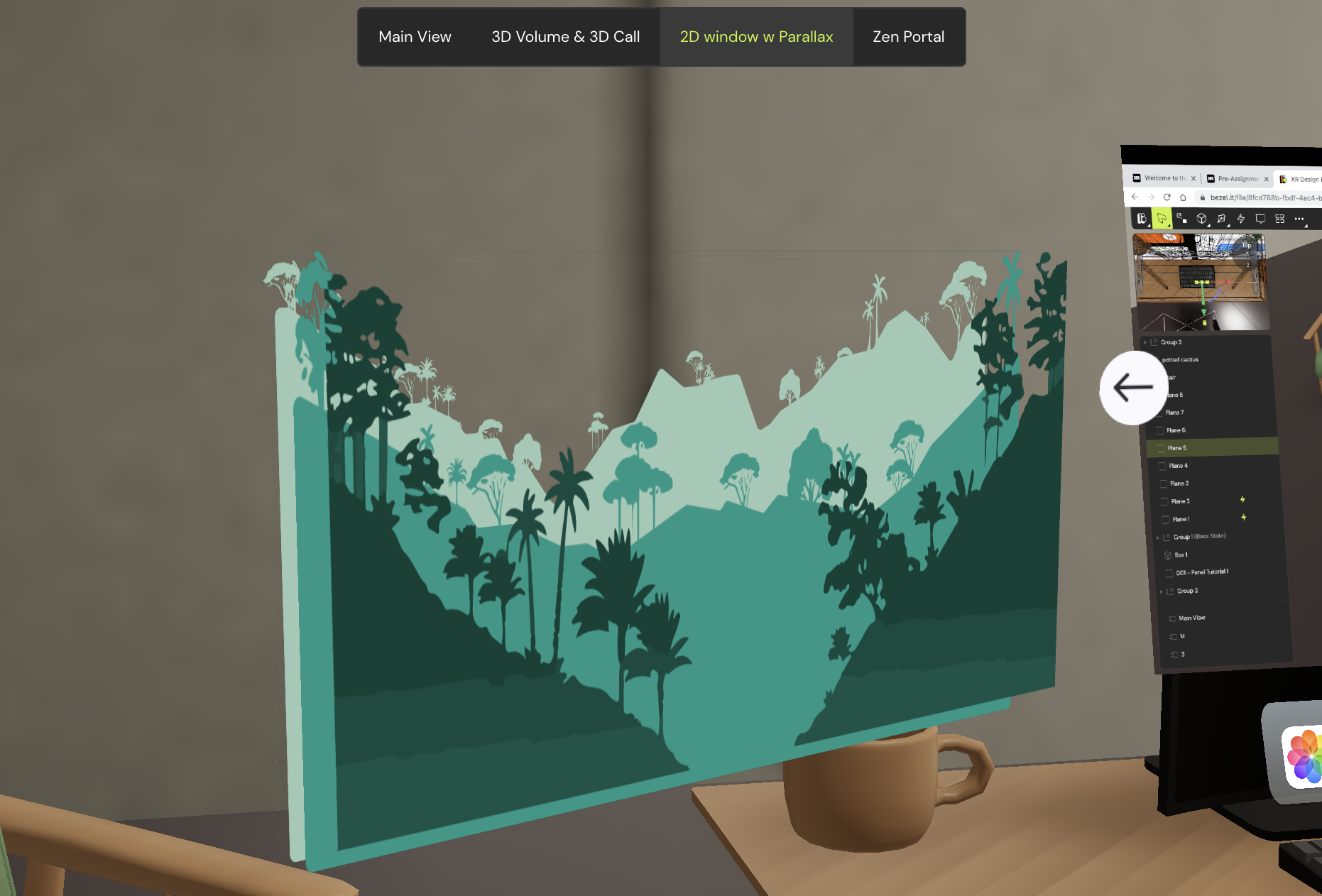
- Zen Portal: A portal feature was included in the design, providing a unique and innovative user experience.
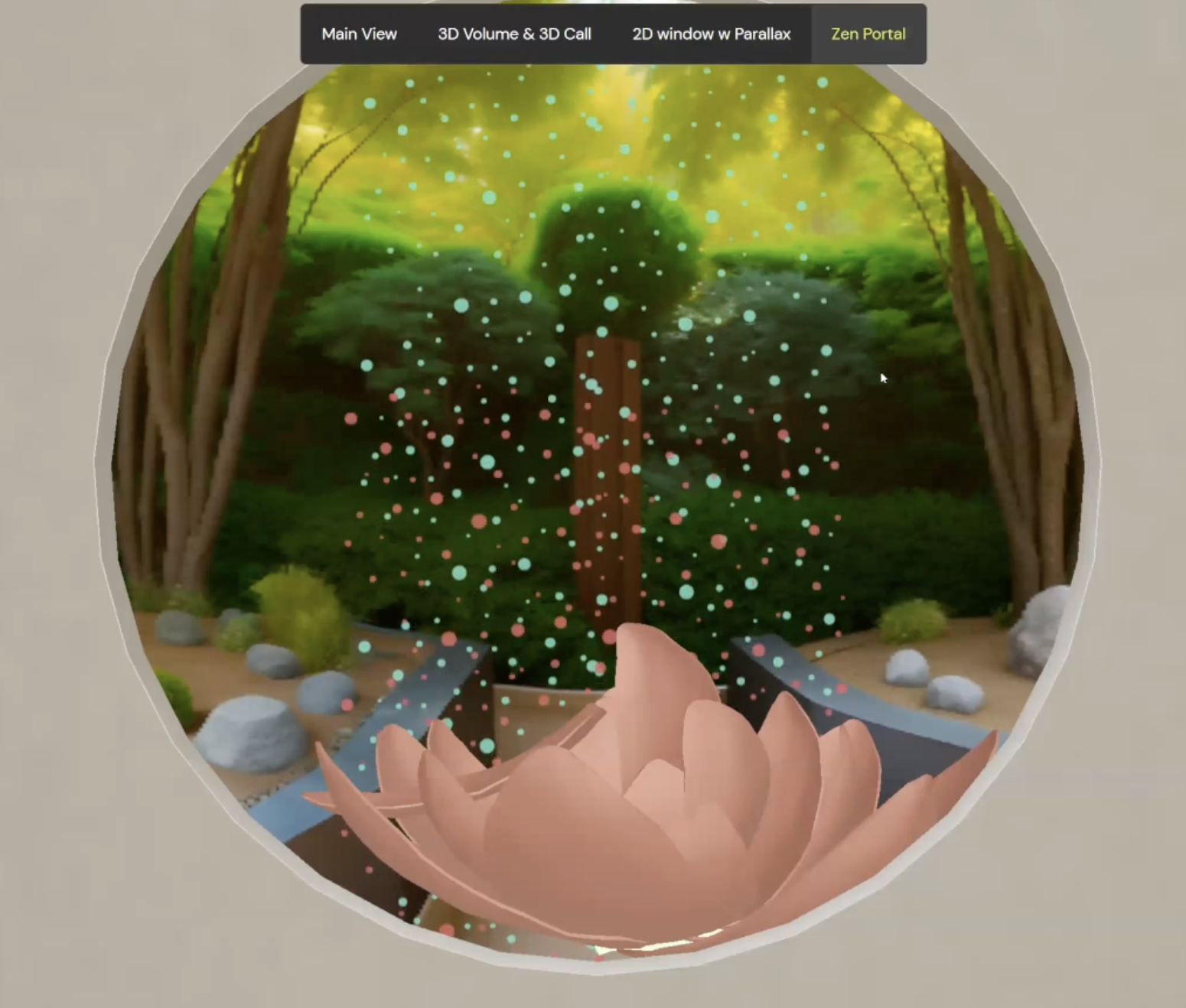
Complementary Points :
- Camera Switch for easier navigation: The bookmarked camera help navigate the overall experience, by setting (or resetting) the view so that it is easy to highlight any aspect of the prototype.
- Experience starts : no indication only a glowing signifier on the headset, to simulate wearing it to activate the "spatial computing"
- Simulating particles effects : by moving transparent images upward in the Zen portal
Feedback and Iterations:
The feedback received highlighted the effective use of spatial design principles and the innovative features of the prototype. The feedback also raised questions about how certain elements of the design would function in practice, such as how the 3D avatar would take precedence in the user's field of view. These questions will be considered in future iterations of the design.
Outcome:
The VisionOS prototype was well-received, with feedback highlighting the innovative use of spatial design principles and the inclusion of unique features such as the 3D avatar and Zen portal. Future iterations of the design will consider the feedback received and continue to push the boundaries of what's possible with VisionOS.







